Giclée Prints
What Are Giclée Prints?
The word Giclée (zhee-klay) comes from the French word gicler meaning “to squirt, spurt, or spray”. The term is now commonly used to describe high quality art and photographic inkjet printing, on fine art and photo papers, using archival pigment inks.
How Do I Look After Giclée Prints?
Never allow liquids of any kind to come in contact with a print
Avoid touching the print surface
Only acid-free, archival materials should come in contact with the front/back of the print
Never allow prints to rub against one another in transit or storage. Always use archival plastic sleeves or acid-free tissue paper between prints
Framing under glass or acrylic provides the greatest protection against fading from UV light and ozone
Avoid direct or extremely bright indirect sunlight. Don’t display or store prints outdoors. Don’t display or store prints where they are exposed to chemicals, paints, varnishes or oils containing solvents. Keep your unprotected prints (before framing) away from sources of ozone, such as monitors and TVs, air purifiers or other sources of high voltage electricity
Avoid excessive temperature and humidity extremes
Avoid pinning/hanging/attaching unprotected (not framed) prints on the wall. Chemicals in wall paint, especially solvents, might damage the print (yellowing)
How Long Do Giclée Prints Last?
EPSON Ultrachrome HDX and HDR archival inks and acid free paper have been used for the finest and most long lasting prints. Appropriately stored prints or prints framed under glass, depending on the paper, are expected to last at least 80-100 years in good environmental conditions and always away from direct sunlight. Prints framed under glass with UV protection will last even longer.

